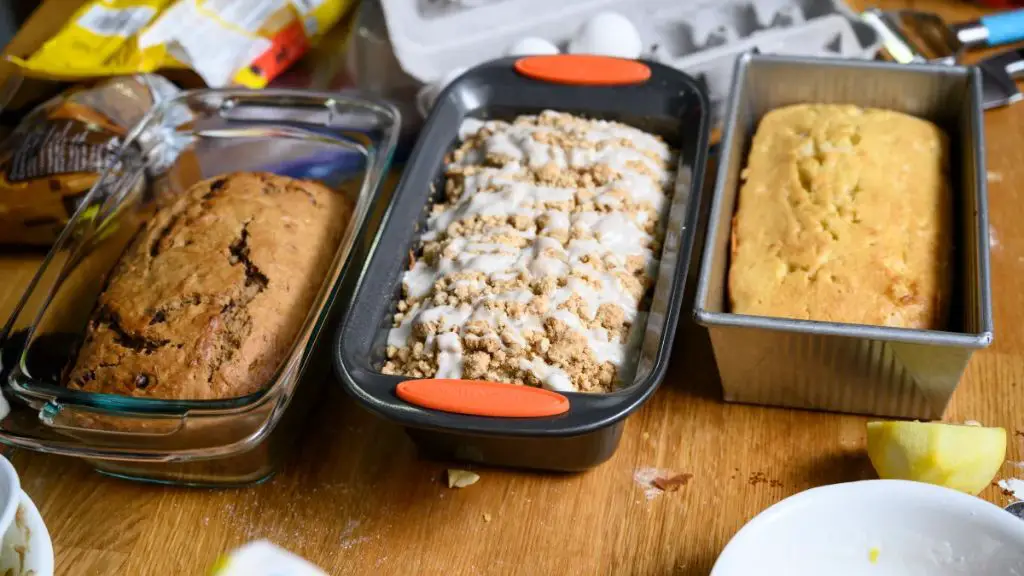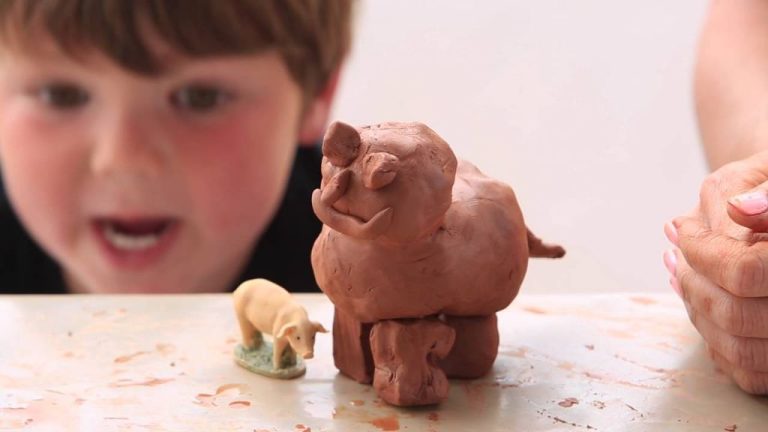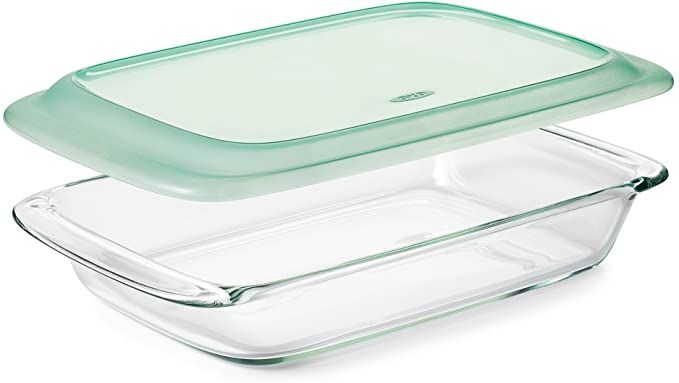Are Ceramic Bread Pans Good?
Ceramic bread pans are pans made from ceramic materials rather than metal. Ceramic is an inorganic, non-metallic material made from clay and other minerals that is fired at high temperatures. Some key properties of ceramic materials are that they are heat-resistant, non-porous, and chemically stable.
Ceramic bread pans provide an alternative to traditional metal loaf pans for baking breads, quick breads, and loaf cakes. Ceramic and metal pans each have their own advantages and disadvantages when it comes to baking performance, ease of use, aesthetics, and more.
The purpose of this article is to provide an overview of ceramic bread pans, including their key features, pros and cons compared to metal pans, and performance for baking a variety of baked goods. This will help readers understand if ceramic bread pans are a good choice for their baking needs.
Pros of Ceramic Bread Pans
Ceramic bread pans offer several benefits that make them a top choice for home bakers:
Even Heating
Ceramic excels at conducting and retaining heat evenly across the surface of the pan. This allows bread to bake uniformly with a crispy crust and prevents hot or cold spots.
Nonstick Properties
The smooth ceramic glaze prevents dough from sticking to the pan. Breads and cakes release cleanly from the pan with no greasing needed.
Durability
Ceramic is highly durable and resistant to scratches, chips, and cracks compared to metal. With proper care, a ceramic bread pan can last for years.
Easy to Clean
The nonporous ceramic surface makes ceramic bread pans very easy to clean. Food residue wipes away without scrubbing, and they are dishwasher safe.
Cons of Ceramic Bread Pans
Despite their advantages, ceramic bread pans also have some downsides to consider:
Ceramic pans tend to be heavier than those made of other materials like aluminum or steel. The heavier weight can make the pans more difficult to maneuver while baking and cleaning 1.
Ceramic is a delicate material that can easily crack or shatter if dropped. Many ceramic pans carry warnings to handle them with care to avoid damaging them 1.
Ceramic is prone to thermal shock, meaning sudden temperature changes can cause it to crack or break. Allowing a hot ceramic pan to contact a cold surface is not recommended. Let it cool gradually instead 1.
Heat Retention
One of the biggest benefits of ceramic bread pans is their ability to retain heat. Ceramic is known for being an excellent heat conductor and reducer according to this article from Xtrema. Once preheated, ceramic retains heat effectively so that the bread bakes evenly throughout. The even heat distribution prevents hot or cold spots, allowing the inside of the loaf to be thoroughly cooked without over-baking the outside.

Ceramic’s heat retention properties are especially useful when baking artisan breads with a nice, thick crust. The ceramic pan helps create a hot and steamy environment that produces a crunchy, crispy crust. As noted by Xtrema, ceramic’s low thermal conductivity makes it perfect for retaining heat and slow cooking meals like bread. Overall, the superior heat conduction and retention of ceramic bread pans delivers consistent, even baking results.
Nonstick Properties
One of the major benefits of ceramic bread pans is their natural nonstick properties. Glazed ceramic has a smooth surface that helps prevent dough and baked goods from sticking. This makes removing bread loaves much easier after baking compared to traditional metal pans. According to the GreenPan website, “These ultra-durable loaf pans are designed to evenly bake bread, cakes, casseroles, and so much more. Plus, our world class healthy ceramic nonstick coating releases foods effortlessly for quick cleanup.”
The nonstick glaze on ceramic also means little or no greasing is required before baking. Dough releases easily from the pan without leaving residue behind. This allows bakers to cut down on added fats and oils. Ceramic’s slick surface additionally prevents burnt on debris that can be difficult to scrub off metal pans. For those seeking an all-natural, non toxic nonstick alternative, ceramic excels in this area.
Cleaning
One of the main benefits of ceramic bread pans is that their smooth glazed surface makes cleaning easier compared to traditional metal pans. The ceramic’s non-porous surface prevents food and oils from soaking in, allowing you to simply wipe away any mess after baking (1). If food does happen to get stuck on, ceramic pans can be soaked in warm soapy water, or a mix of water and vinegar, to loosen baked-on residue (2). The water and vinegar solution helps break down sugars and starches that cause sticking. After soaking for 30 minutes to an hour, residue usually scrubs right off with a soft sponge. Avoid using abrasive scouring pads or cleaners on ceramic as they can scratch the glazed surface over time.
Sources:
(1) https://www.thespruce.com/how-to-clean-ceramic-pan-4775268
(2) https://www.wikihow.com/Clean-Ceramic-Pans
Durability
Ceramic is an incredibly durable material for cookware when cared for properly. According to Bob’s Red Mill, ceramic resists high temperatures up to 850°F in the oven. This allows ceramic pans to withstand frequent cooking and baking without warping or cracking over time. The ceramic itself is resistant to scratches and abrasions from metal utensils. However, the ceramic coating can scratch if not cared for gently during cooking and cleaning. With proper use and care, quality ceramic bakeware can last for many years of regular cooking.
Aesthetics
One advantage of ceramic bread pans is their visual appeal. Ceramic comes in various colors and glazes that can match any kitchen decor. According to Stoneware Ceramic Loaf Pan – Bennington Potters, ceramic loaf pans are available in vibrant hues like coral red and cobalt blue. The glazed finishes give them a glossy, eye-catching look. Unlike plain metal pans, ceramic bread pans add a pop of color and artisanal flair to the kitchen. Their aesthetic qualities make them nice to display on open shelves or the countertop. For those seeking a beautiful baking vessel, a ceramic bread pan is a stylish option.
Cost
Ceramic bread pans are generally more expensive than basic metal pans made of materials like aluminum or steel. A basic metal loaf pan can cost as little as $5-10, whereas ceramic pans often start around $20-25 and go up from there depending on size, design, and brand. Amazon has ceramic loaf pans ranging from $20 for basic designs to over $100 for more intricate and decorative options.
However, ceramic pans are less expensive than very high-end options like copper or enameled cast iron. A Le Creuset enameled cast iron loaf pan, for example, costs around $50. So ceramic represents a middle ground in terms of cost – pricier than basic metal, but more affordable than premium materials.
The increased cost comes from the materials and production process needed for ceramic bakeware. So while not cheap, fans of ceramic’s baking properties may find the extra cost justifiable.
Conclusion
When reviewing the pros and cons of ceramic bread pans, it’s clear there are advantages and disadvantages to consider. Ceramic pans excel at even heat distribution and retention which leads to better rising and crust formation. They also offer good nonstick properties to help release baked goods. However, ceramic can be prone to chipping and cracking over time, heavier than metal pans, and more difficult to clean fully. Ceramic pans also tend to be more expensive upfront.
Overall, ceramic bread pans are a great choice for bakers who want even and consistent baking results. The nonstick surface makes loaf removal easy. Ceramic is perfect for those focused on getting picture-perfect results on artisan or specialty breads. However, casual bakers or those on a budget may want to stick to traditional metal pans that offer more durability over time.


